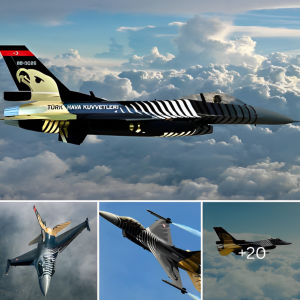
Turkey’s major weapons manufacturer and defense contracting company Roketsan’s is increasing the capabilities of Kaplan K+ /TRG-300. The K+ missile successfully passed the firing test at the Sinop Test Center in July 2020. Within the scope of the K+ Missile capability enhancement efforts by Roketsan, prototypes with an enlarged payload configuration were integrated with a more precise inertial measurement unit and an anti-jam unit to reduce the hijacking distance in a dense mixing environment. The basis of the Kaplan missile’s ability to hit its targets precisely, which can provide timely, accurate and intense fire support, lies in the Global Positioning System (KKS) supported Inertial Navigation System (ANS).
The TRG-300 Kaplan (also known as TRG-300 Tiger Missile) is a Turkish multiple launch rocket system manufactured by the ROKETSAN corporation. The system has four 300 mm rocket launcher tubes and its rockets can hit a maximum range of 120 km. The TRG-300 Kasirga MBRL is based on Chinese WS-1B (Wei Shi; Guardian), with some modifications on the design with launcher very similar to the WS-1B’s launcher. In 1997, an agreement was signed with CPMIEC (Chinese Precision Machinery Import and Export Company) for the joint development and manufacture of an offshoot of the WS-1 system. The Kasirga system was first commissioned in the year 2000.
Advertisement

The TRG-300 Kasirga MBRLS consists of two key parts: The launcher system (T-300) and the rocket, TRG-300. The T-300 MBRL is based on the German MAN Diesel (6×6) 26.372 10t cross-country truck chassis. Combat weight, complete with four rockets, is 23t. This MAN (6×6) also serves as T-122 launch platform for Turkish land forces command F-302T. In Turkish land forces service, the 300 mm TRG-300 Kaplan MBRL system provides long range fire support. In 2016, the TRG-300 Kasirga system was sold to Azerbaijan. In March 2019, ROKETSAN secured a contract to supply a regiment of medium-range guided multiple rocket launchers to Bangladesh.
The launcher vehicle’s cabin windows are provided with shutters which are lowered before the rockets are launched. Typical Kasirga battery systems are composed of a Command and Control Vehicle with between six and nine launcher vehicles (F-302T) and an equal number of resupply and reloading vehicles. Each rocket has four fixed fins and reaches a maximum flight altitude of 30,000m with a maximum speed of Mach 4.2. The rockets use a composite solid propellant system (HTPB) and are usually fitted with a Blast Fragmentation warhead consisting of 26,000 steel balls. The system has aerodynamic control with electromechanical actuation system.





